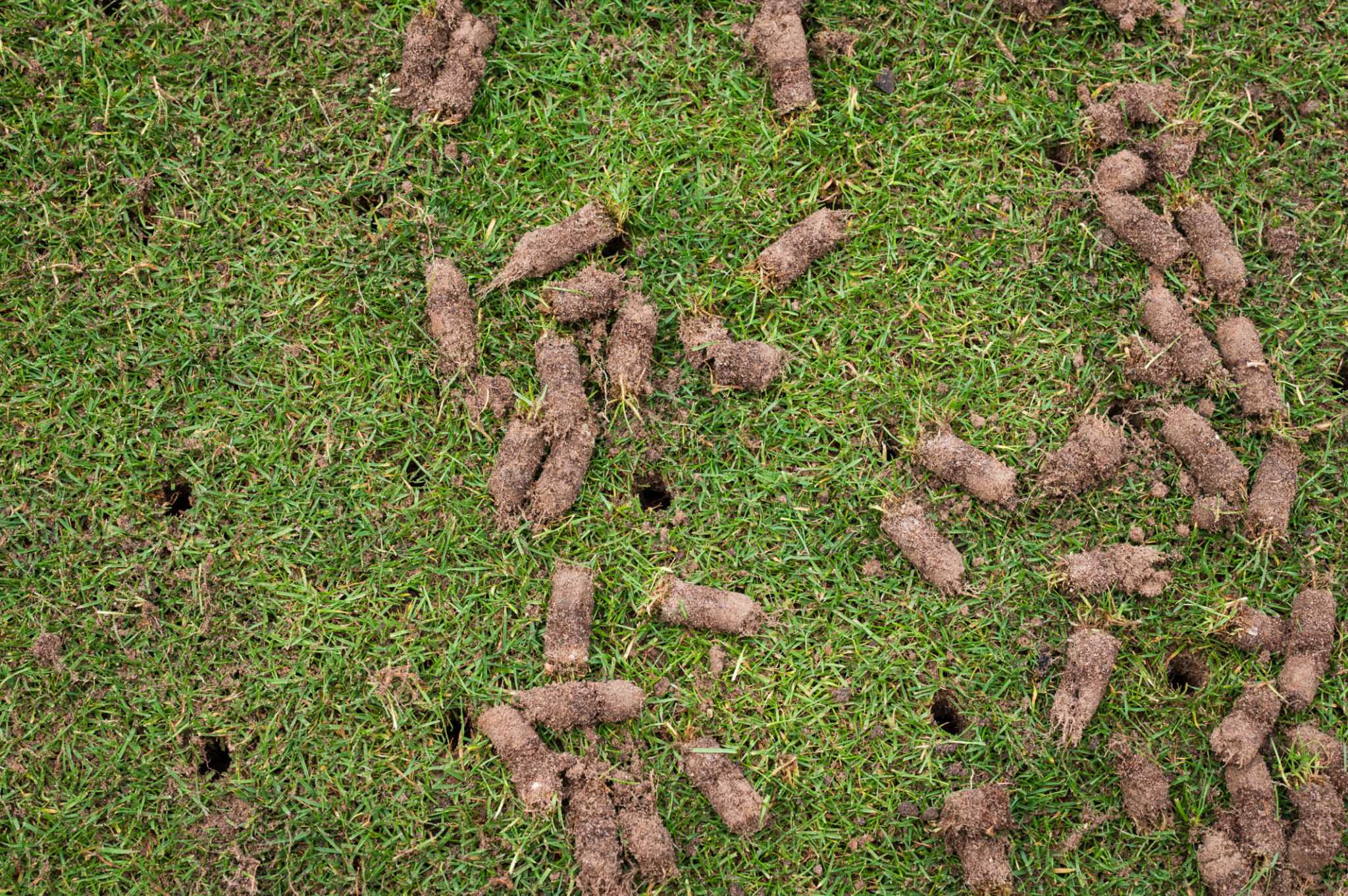How to Prepare Your Lawn for the Minnesota Winter
Understanding Minnesota's Winter Climate
Minnesota is known for its harsh and prolonged winters. To ensure your lawn survives and thrives when the snow melts, it's crucial to start preparing it during the fall. The freezing temperatures and heavy snowfall can be challenging, but with the right preparation, your lawn can emerge healthy and vibrant when spring arrives.
Preparing your lawn for winter involves several steps, but the effort is well worth it. By taking the time to winterize your lawn, you'll help it withstand the challenges of the cold months and reduce the amount of work needed when warmer weather returns.

Essential Lawn Maintenance Steps
Mowing and Raking
Continue mowing your lawn until the grass stops growing, usually after the first frost. Set your mower to a lower height for the last cut of the season. This helps prevent snow mold and other fungi that can thrive in longer grass during winter. Don't forget to rake fallen leaves and debris regularly, as they can smother the grass and create ideal conditions for diseases.
Aerating the Soil
Aeration is a critical step in preparing your lawn for winter. By removing small cores of soil, you allow air, water, and nutrients to penetrate more deeply into the root zone. This process helps relieve soil compaction and promotes healthy root growth. Aerating in the fall gives your lawn a better chance to breathe before it goes dormant.

Fertilization and Seeding
Applying Fall Fertilizer
Applying a slow-release fall fertilizer can provide essential nutrients that your lawn needs to survive the winter months. Choose a fertilizer high in potassium, which strengthens the roots and enhances disease resistance. This preparation will ensure that when spring arrives, your lawn has a head start in greening up and growing strong.
Overseeding Thin Areas
If you notice thin or bare patches in your lawn, fall is an excellent time for overseeding. The cooler temperatures and increased moisture create ideal conditions for seed germination. Be sure to choose a grass seed mix suitable for Minnesota's climate to ensure optimal growth.

Watering and Mulching
Maintaining Proper Moisture Levels
Even as temperatures drop, it's essential to keep your lawn hydrated until the ground freezes. Watering helps maintain root health and prepares your lawn for the dry winter months. Be mindful not to overwater, as excess moisture can lead to fungal issues.
Using Mulch Strategically
Applying a layer of mulch around trees and shrubs can offer added protection against harsh winter conditions. Mulch helps insulate the soil, retains moisture, and reduces temperature fluctuations. Make sure not to pile mulch against tree trunks, as this can encourage disease.
By following these steps, you can ensure that your Minnesota lawn is well-prepared to face winter's challenges. With a bit of effort in the fall, you'll be rewarded with a lush, healthy lawn come spring.
